5 Experiential Things You Probably Missed In The Winter Olympics
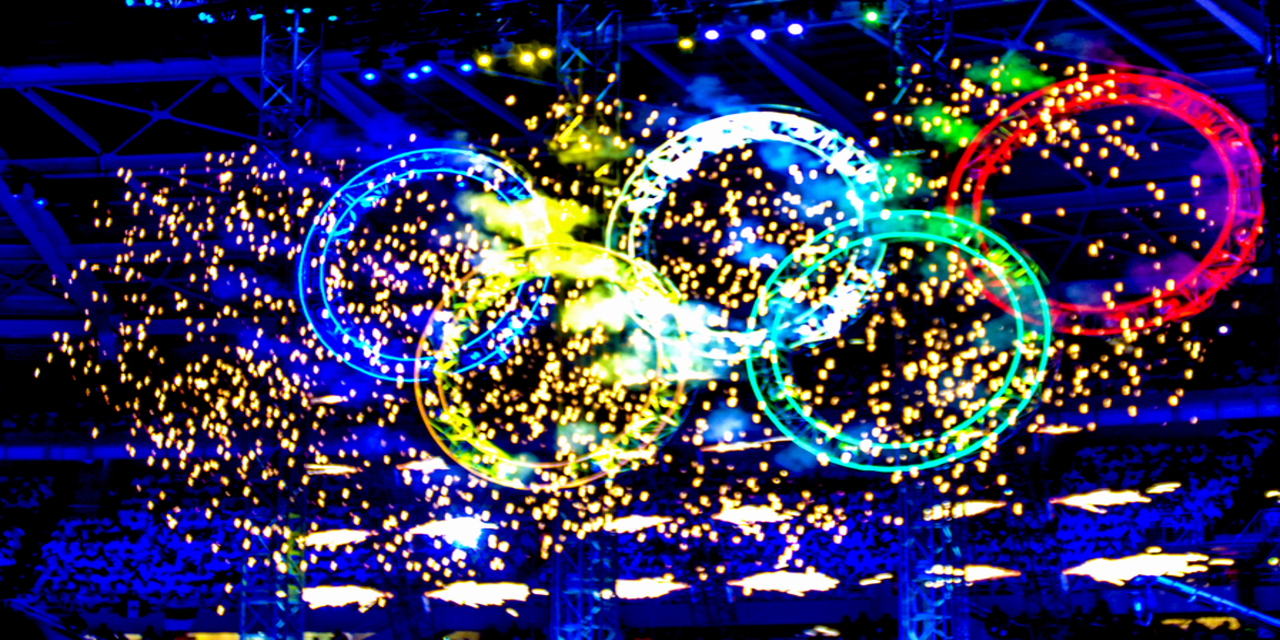
Whether you’ve been following the Winter Olympics in PyeongChang, South Korea closely, or just rooting for your country because it’s the right thing to do, there have been some spectacular things happening since the start of these winter games. From some very ‘millennial’ moments to athletes from tropical countries winning ski gold medals, and Guinness World records being set, we’ve compiled a few things we think you may have missed and have commented on them from a tech perspective.
And regardless of whether or not you’re a fan of the Winter Olympics, these games have set a precedent for future Olympics and have no doubt left a positive lasting imprint on the world through the show of sport from the 3,000 athletes and 92 countries who are participating in these 2018 Winter Games.
Now, let’s get to it with the top 5 things you may have missed from the games.
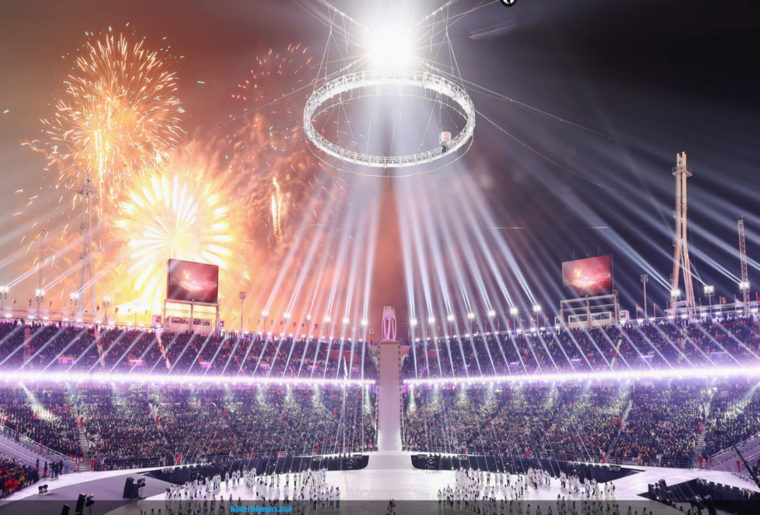
1. The Opening Ceremony was kind of a bust
Just kidding. A little bit of a hook here, though, but the 2018 Winter Games actually had record low temps (at -4 degrees Fahrenheit) and for South Koreans, that is a little cold. It turns out the officials of the Games were actually telling people to stay home to avoid the freezing temperatures and to watch the ceremonies on TV.
And of course, that had a little bit of an impact on the 35,000 seat stadium which lays half a mile above sea level (and the Sea of Japan) and is often blasted by Arctic and Siberian winds from the North. Ultimately, that meant it was going to be pretty cold at the Opening Ceremonies. Organizers quickly scrambled to distribute ‘poncho-style’ windshield kits for those attending, as well as handing out hand, foot, and seat warmers to civilians attending the opening ceremonies.
But it wasn’t all bad, among the 92 countries and 2,992 athletes who attended, team USA (who had the most athletes qualify for the games) wore specially designed jackets from Ralph Lauren which featured battery-powered heating units within them. More on that in another post, but you should probably know the jacket is still ‘sold out.’
But it wasn’t all bad! Another highlight of the Opening Ceremonies was South Korea and North Korea (who failed to qualify their athletes by the October 30th, 2017 deadline) marching together under one flag and also sharing a women’s hockey team with athletes from both countries.
Watch a recap of the Opening Ceremonies in the video down below, or view the photos here.
2. Intel set the Guinness World Record with the most synchronized drones in the air at once
Pretty rad stuff here, but it should be no surprise with this one. It’s 2018 and the future is finally beginning to feel like it’s here. The world first saw something like this in the 2017 Super Bowl with Lady Gaga and Pepsi coming together to put on a high-tech drone show, but Intel and the organizers of the 2018 Winter Olympics in PyeongChang took it to the next level with this synchronized drone show.
Not every team at the Olympics flies a flag, and Intel showcased just what their all about with 1,218 individual drones all flying seamlessly in sync over the mountains and through the stadium as they assembled into the form of a bird, a snowboarder, a skiier, and even the Olympic logo itself.
The previous drone record (according to Guinness book of world records) was at 500, so Intel more than doubled the approach for the 2018 Winter Games, and it must have taken some serious coordination. I mean, humans can barely be responsible enough for one drone, let alone over 1,200 of ’em.
Amazing stuff by Intel here. Watch a video recap of the whole thing down below, or for more of a behind the scenes article on the tech challenges faced, check this piece out here.
3. An American snowboarder overslept his race after a late night Netflix marathon then won a gold medal
American athlete, Red Gerard, had a bit of a rough morning last Sunday. He stayed up late before competing the next morning in slopestyle watching Netflix episodes of, “Brooklyn Nine-Nine.” He ended up making it to the track just in time to perform his three runs, and while not being able to have a ‘clean’ run until his last go around.
Gerard, only 17 years-old and from the Cleveland, Ohio area originally, was supported by nearly 20 of his close friends and family who were apparently on-hand and shotgunning beers since 8:30 AM watched in awe as he landed a 1440 triple cork on his final run and took home the gold medal.
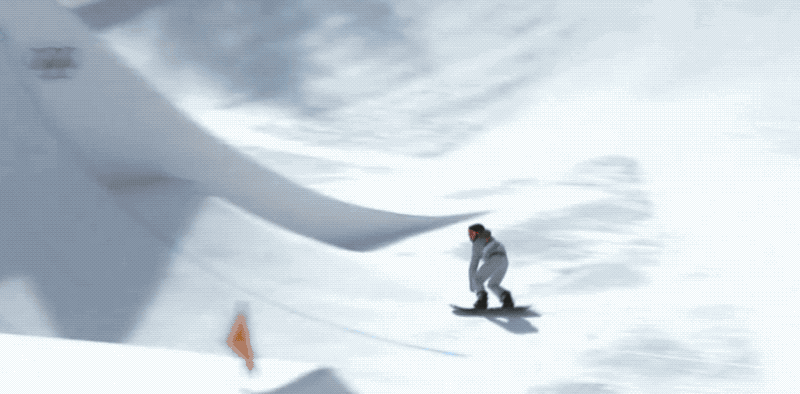
And of course, in the most millennial way possible, he promptly gave a, “Fuck yeah!” live on camera via NBC who wasn’t able to edit it out as they broadcast the moment to the world.
Also pretty awesome that his friends and family were there in full support, no matter what place he finished. Simply put, awesome story. Super American to the T.
Red Gerard is also the youngest American to win a gold medal since Billy Fiske, who was a 16-year-old bobsledder and took home the gold medal in 1928.
Red Gerard said he got a Snapchat this morning around 8:30 a.m. from his group of 17 people that is in Pyeongchang, South Korea to support him for the Games: “They were all shotgunning beers on the way to the mountains.” pic.twitter.com/JORk5m3pH5
— USA TODAY Sports (@usatodaysports) February 11, 2018
4. North Korea and South Korea entered the 2018 Winter Olympics under a unified flag
We already touched upon this one in the very first opening line, but deserves some more attention. For the first time ever, and only because of North Korea’s screw up on registering their athletes by the 2017 November 1 deadline, South Korea invited North Korea to join them in the opening games ceremonies. While walking in together seemed off for the rest of the world, the two countries mixed well together, all walking in under the same united flag.
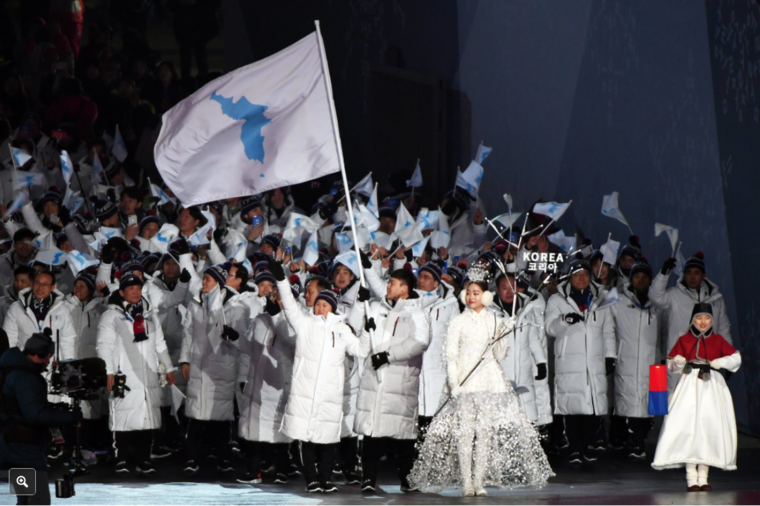
Additionally, the entire stadium in PyeongChang was outfitted with LED panel seats in the stadium had a light box behind it that could change color to represent the flag of each nation upon entrance to the arena. Pretty cool integration overall, and quite the way to welcome all the athletes from various countries.
Lastly, the North Korean cheerleaders have been making quite the impact around PyeongChang, as well. With nearly 150 cheerleaders sporting white, red, and blue outfits, they are quite hard to miss and have been spotted rooting for South Korea’s Men’s Hockey Team, as well as cheering on a unified women’s ice hockey team despite only having 22 athletes compete in the Games for North Korea. Either way, a touching moment of solidarity from a fiercely independent nation just miles away from where the Winter Olympics taking place.
For more on the unification between the two countries, read here.
And be sure to watch the video about their wild and insane cheerleading squad down below.
5. Samsung’s Smartsuit is epic behind the scenes tech
We are finally at the intersection of sport and technology. It’s been long talked about with devices that can track speed, heart rate, calories burned and more, but now with the 2018 Olympics, we are seeing technology companies like Samsung actually integrate their tech into clothing to help improve athlete efficiency. This year, Samsung introduced their ‘Smartsuit’ to two of the Netherlands short track athletes; Sjinkie Knegt and Suzanne Schulting.
6. The 2018 Winter Games are four times less expensive than sochi
The 2014 Winter Olympics were a disaster, it seemed. With news coming out months before Sochi was due to host the Winter Olympics, it seemed the entire Olympic village was vastly over budget, and rife with news about delays, filled with terrible construction plans, and had reports of inconsistencies and doubts about its ‘readiness’ to host the games. The games went on fine, but the large scale and grandiose aspirations about what the Olympics should look like were definitely noticed by other countries due to host the games four years later.
Compare Sochi to the 2016 Summer Olympics in Rio, and it was on par. Rio had many of the same problems with ‘over-promising and under delivering,’ and it seemed many of the issues were consistent as well. Reports about burglaries, invasion of Olympic athletes rooms, poor construction, and completely over-inflated budgets fell squarely on the shoulders of local officials and of course the host country, Brazil. Again, lessons were learned and aspirations were drawn down.
Now, taking a look at what South Korea has done with the 2018 Winter Olympics, and everything seems to be in much better order. With PyeongChang’s only complaint being the frigid temperatures at the beginning of the games, everything seems to be going swimmingly so far in South Korea. The stadium was a temporary construction build that only cost around $109 million, compared to the $779 million (USD) cost of the Sochi Stadium, and you can tell South Korea is keeping things trim, elegant, and perfectly in order.
Lesson learned? We’ll see. But one thing is for sure, it’s not who can host the ‘biggest’ Olympics, it’s who can do it the most efficiently.
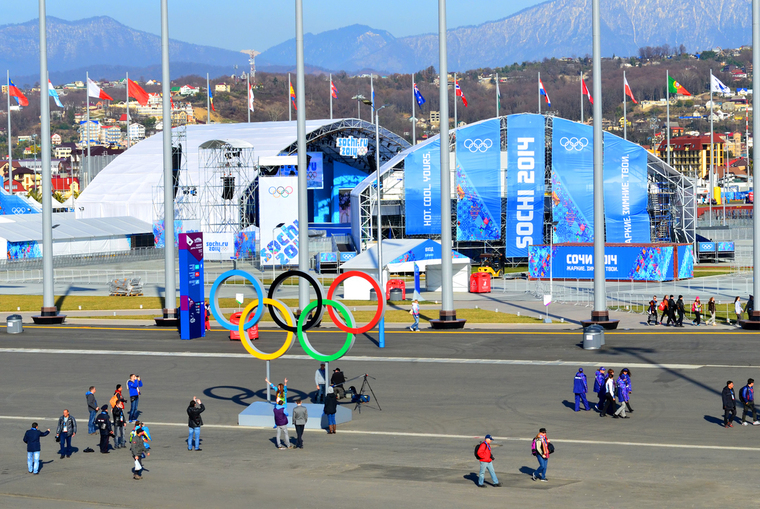
The 2014 Olympics were four times more expensive than the 2018 Games.
BONUS ITEM
I had to include these two in here, but did you hear about the Tongan Cross Country Skier, Pita Taufatofua, and Mexican co-hort, German Madrazo, who finished in the last two spots of the Men’s 15 km cross-country ski race? Both countries, not known for their cross-country skiing prowess, managed to give the best ‘last place’ finish in Olympic sports history. The first place finisher, Dario Cologna even came over to congratulate the Tongan and Mexican athletes before helping hoist them into the air.
A pretty awesome story here.
Got another tech thing we missed about the Olympics?
Tweet at us @inphantry or email me at: cam@inphantry.com and let us know!
Oh, and want to see some award-winning work we did for Delta for the 2014 Winter Olympics?
